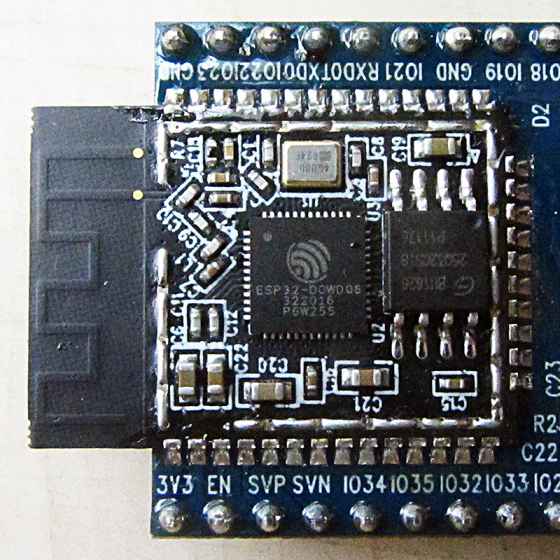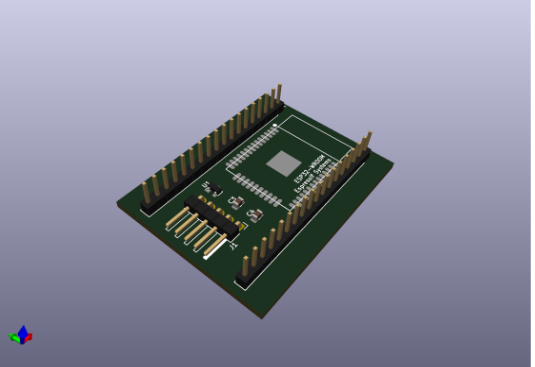Applications and Implications
Questions to be answered
What will it do?
My final project will be a remix project, where I will create a car by using same major components than is used in Alvin robot arm
Idea of the project (and other alvin AI projects ingeneral) is to teach school children to understand computational thinking, robotics, technology and other topics by using very low cost components and digital fabrication methods.
Design should be easy and affordable, that K-12 students would be able to purchase, build and use that robot car
Who's done what beforehand?
I will remix ideas of affordable Alvin AI project, so it's my main source of ideasThis project is a remix project for affordable robot arm project, which uses Alvin AI as a engine. So in practise, I will develop affordable car robot based on ESP32 microprosessor and Alvin AI. Car will be controlled by ESP32 which will get commands from mobile phone via wifi. Children will control the car by teaching artificial intelligence via Alvin AI.
Alvin AI will use machine vision (by using mobile phone camera), student operations and sensor on car robot for controlling movements (to give commands to ESP32 on car via wifi)
Earlier Fab Academy project, which I will use as a starting point:- I will also remix the ideas of final project by Heidi Hartikainen (Fab Academy 2018, from Oulu)
What will you design?
I will design three-four wheeled robot car, which has holder for mobile phone, ESP32 board and ultrasound sensor. Car will be equipped with necessary motors, wheels and other components
What materials and components will be used?
Main component A: Affordable control for four wheeled robot (car): ESP32 microprossessorThe ESP32 (https://en.wikipedia.org/wiki/ESP32) circuit also allows very low-power applications, allowing students to make Internet of Things (IoT, for example, a remote-read thermometer). Because it is equipped with bluetooth and wifi radios, students can connect ESP32 via mobile phones or tablets
However, in my final project Alvin AI engine (in mobile phone or table) will discuss with ESP32 over the wifi or bluetoot. So, part of the sofrware will be in ESP32 and part in mobile form.
Below is example of board of

Figure 1. ESP32 WROOM module (example from the web)

Figure 2. Illustration of PCB board for ESP32 in the context of Alvin robot
Main component B: Alvin artificial intelligence controls ESP controller from mobile deviceActual "brains" of four wheeled robot (car) will be inside of Alvin AI engine. Alvin AI is mobile application, so four wheeled robot will needt to be equipped stand for smartphone.
Alvin has a limited AI engine and school students will teach alvin AI four wheeled robot by teaching AI. AI is combined with machine vision, so AI has actually "eyes" in the situation and can recognize objects and structures
So, in practise, students program Alvin Artificial Intelligence to respond to measurements sent by a robot or IoT device or machine vision algorithm (in mobile phone). For example, Alvin can say or display something and control the robot based on student’s programming.
Main Component C: Machine visionto be extended :)
Body of the Car and related partsWheels will be 3D-printed and body of the car will be lasercutted. From the electronics perspective ESP32 module will be used to communicate with sensors, motors and mobile phone (artificial intelligence and machine vision)
Where will come from?
Don't understand. I will answer this later on :)
How much will they cost?
Original aim of the robot arm project is to push costs smaller than 10 dollars per robot. I will try to follow same scheme in my remix-project. However, covid-19 crisis is causing a lot of problems for that. Maybe I have to continue after Fab Academy with that.
What parts and systems will be made?
Wheels will be 3D printed, body will be lasercutted, circuit board(s) will be milled and components soldered (ESP32, ultrasound sensor etc.)
What processes will be used?
Laser cutting, 3D printing, vinyl cutting, milling, soldering, 3D design (drawings will be shared in the robot community)
What questions need to be answered?
a lot. I have used our Fab Lab daily meeting to ask some questions. Most difficult thing is to isolation at the home, I have a lot of responsibilities related to covid 19 crisis and digital education. Its difficult to get time for this.
How will it be evaluated?
Feasibility of the project from K-12 students perspective Affordability of the costs etc.